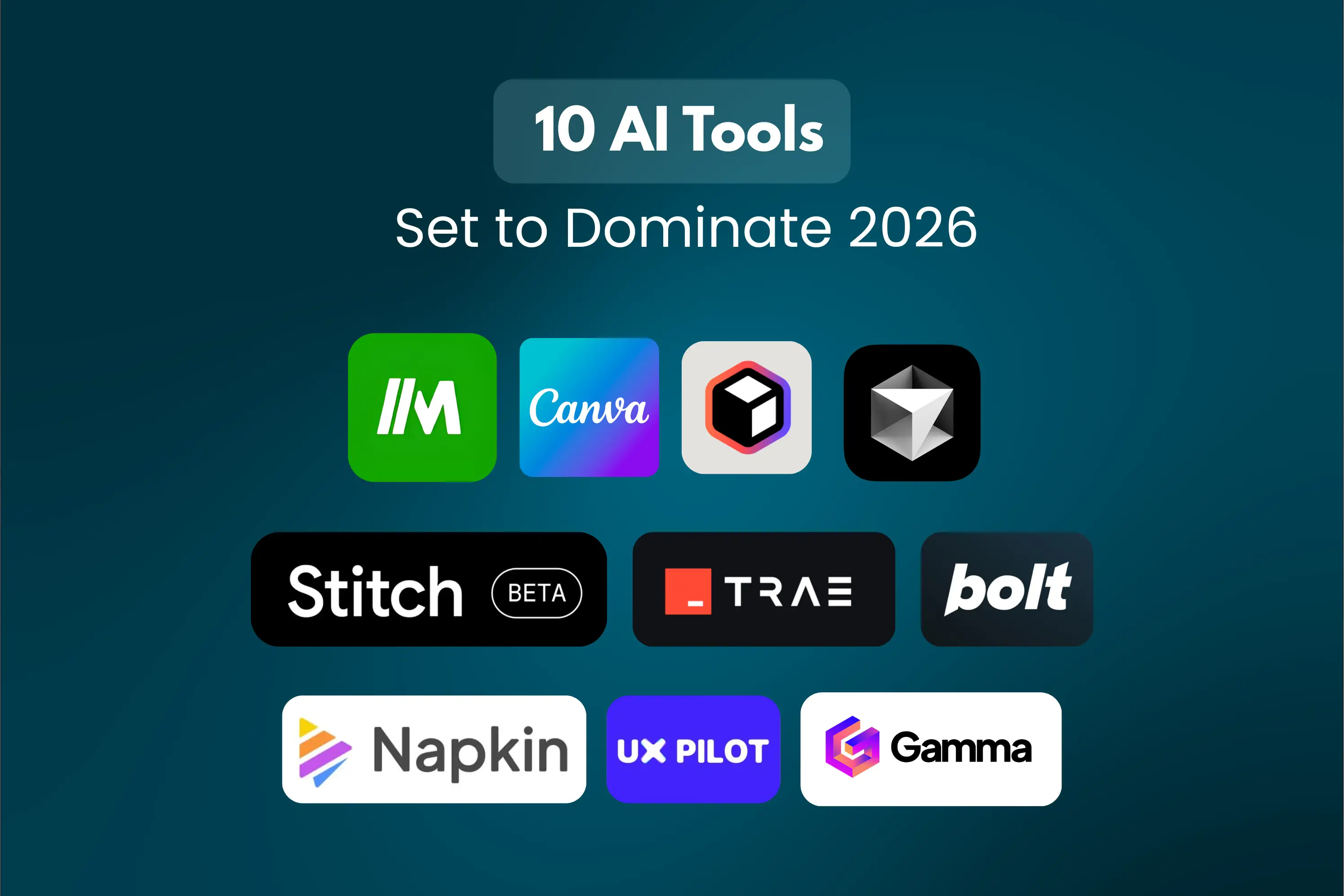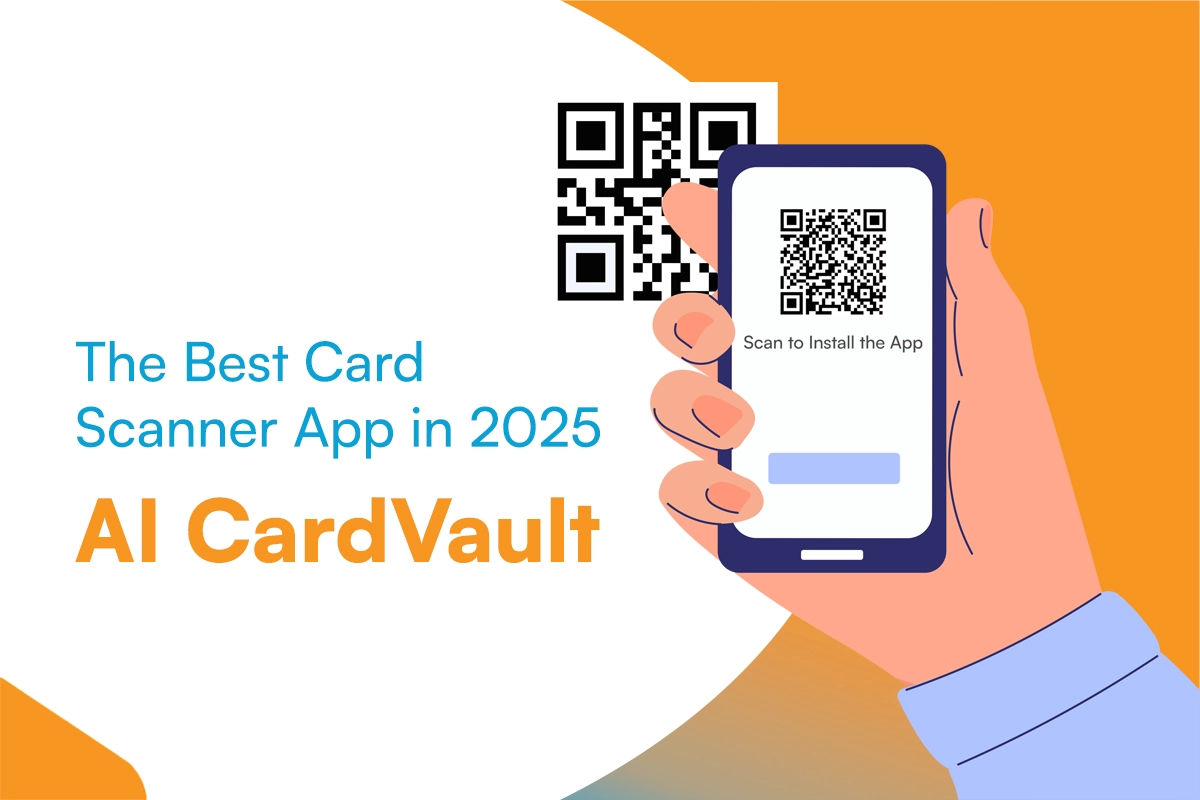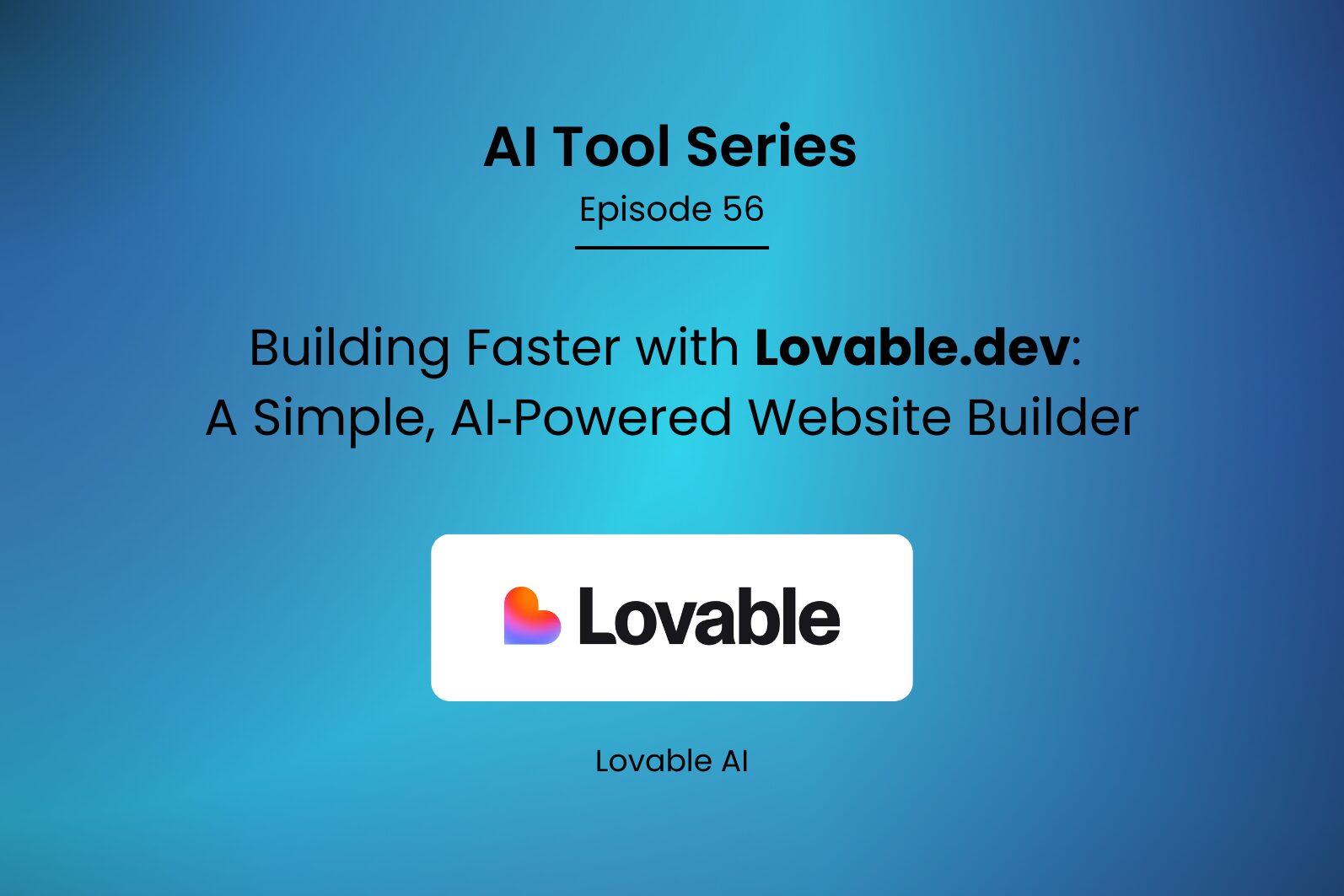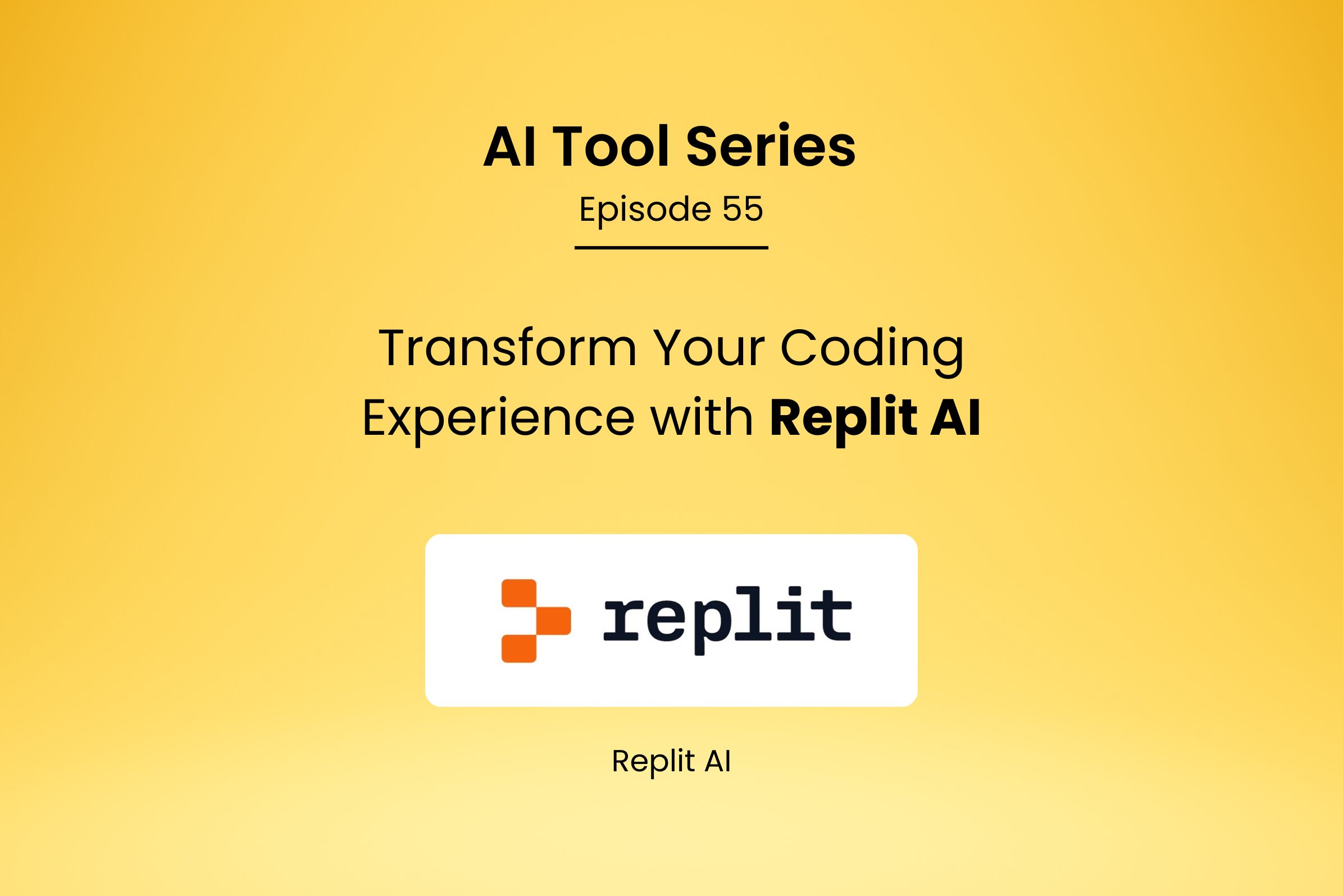Top Trends in Web App Development You Can’t Ignore in 2025
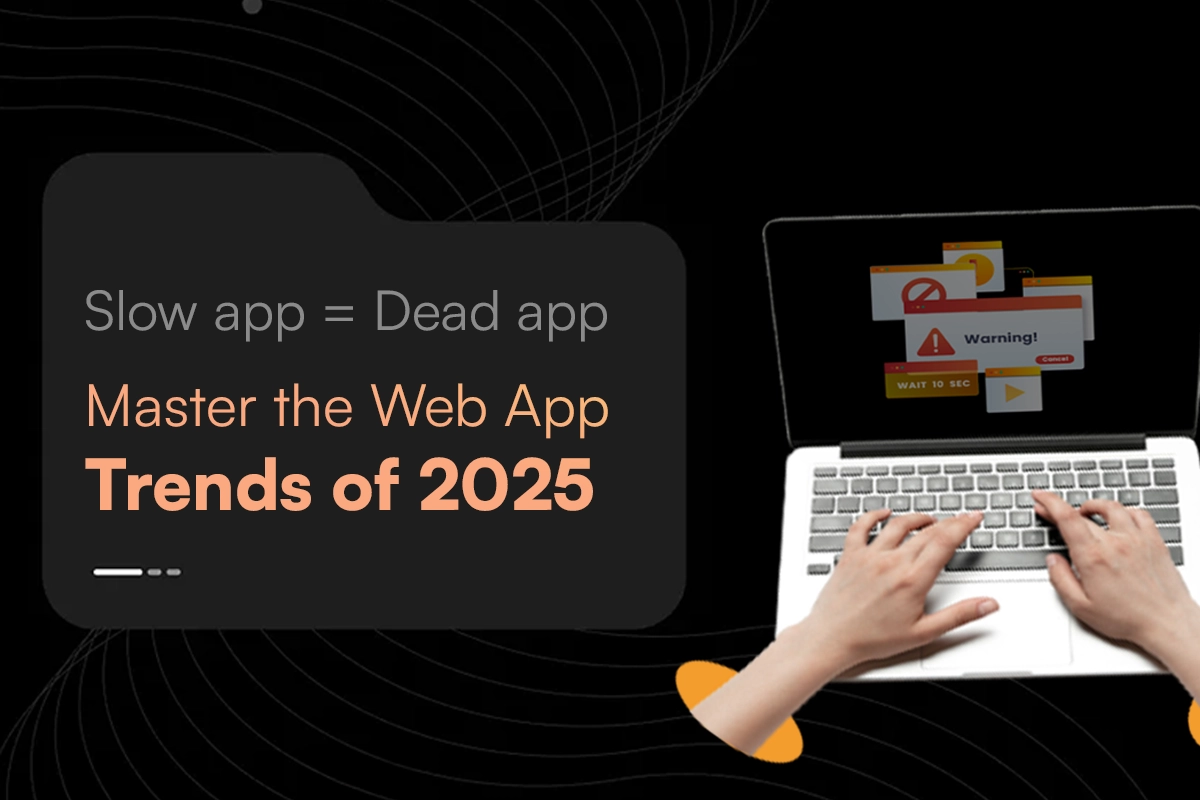
Your competitor just launched a web app that loads in 0.3 seconds, works offline, and feels like magic to use. Meanwhile, your users are still waiting 5 seconds for your site to load.
This isn’t about keeping up with technology anymore; it’s about survival. The cost of falling behind development trends isn’t just technical debt; it’s lost revenue, frustrated users, and watching competitors steal your market share.
2025 marks a major shift where AI-powered applications, progressive web apps, and low-code platforms reshape how developers build and deploy software. According to Gartner, by 2025, over 70% of new web applications will use low-code or no-code tools, while Progressive Web Apps are projected to become a $10.44 billion market by 2027.
Understanding these trends means the difference between building applications that users love and creating digital experiences that drive them to competitors.
AI-Powered Web Applications
Artificial intelligence has moved from experimental features to essential components. Modern web applications use AI to predict user behavior, personalize content, and automate complex workflows.
- Personalization & Predictive UX
AI algorithms analyze user behavior patterns to deliver customized experiences that feel intuitive rather than programmed. Netflix recommends content based on viewing history, Amazon suggests products before users search, and Spotify creates playlists that match listening preferences.
Web applications now anticipate user needs through predictive analytics. E-commerce sites show relevant products during browsing sessions, content platforms surface articles based on reading habits, and productivity apps suggest workflows based on usage patterns.
- AI Chatbots and Virtual Assistants in Web Apps
Conversational interfaces have evolved beyond simple question-and-answer systems. Modern AI chatbots understand context, maintain conversation history, and provide solutions that match human support quality.
These systems handle customer service inquiries, guide users through complex processes, and provide instant answers to frequently asked questions. Voice-activated interfaces are becoming standard features, enabling users to interact with applications hands-free through speech commands.
Progressive Web Apps (PWAs) Dominate
PWAs are crushing it in 2025, combining the flexibility of web technology with the performance of native mobile apps.
- Offline Capabilities and Native-Like Experience
PWAs function without internet connectivity by caching essential resources locally. Users access core features, view cached content, and perform tasks even when network connections fail. Data synchronizes automatically when connectivity returns.
The technology delivers native mobile app experiences through web browsers. PWAs install directly on device home screens, send push notifications, and access device hardware features like cameras and GPS sensors.
- Benefits Over Traditional Web Applications
PWAs use a single codebase for both web and mobile applications. Development teams build one application that works across all platforms instead of maintaining separate codebases for different devices.
Installation happens instantly without app store approvals or lengthy download processes. Users click “Add to Home Screen” and immediately access the application with native-like functionality while consuming less device memory than traditional mobile apps.
Read: What is GraphQL?
Low-Code and No-Code Development
2025 marks a turning point—more coding will be done with AI assistance and low-code than without. These platforms democratize application development by enabling non-technical users to build functional software.
- Empowering Non-Tech Teams
Marketing teams create landing pages without developer assistance. Sales teams build custom CRM workflows tailored to their processes. Operations teams construct internal tools that match their specific requirements.
Visual drag-and-drop interfaces replace complex coding syntax. Users select components, configure properties, and connect data sources through intuitive graphical interfaces while the platforms generate production-ready code automatically.
- Reducing Time to Market
Traditional development cycles require weeks or months to deliver basic applications. Low-code platforms compress this timeline to days or hours for simple applications.
Prototype development becomes immediate rather than time-consuming. Teams test concepts, gather feedback, and iterate rapidly without extensive coding or deployment processes, providing competitive advantages in fast-moving markets.
Motion UI and Interactive Design
Creating engaging digital experiences isn’t just about sleek visuals or fast load times — it’s about how your website feels during interaction. Animation and motion create emotional connections between users and applications.
- Enhancing Engagement Through Animation
Motion design and animated transitions guide user attention, provide feedback, and add polish to interactions. Micro-interactions acknowledge user actions through subtle visual feedback – buttons change color when clicked, forms highlight errors with gentle animations, and loading indicators show progress through engaging graphics.
Page transitions create smooth navigation experiences. Content slides gracefully between sections, images fade in progressively, and scroll-triggered animations reveal information at optimal moments.
- Real-Time Interactivity with WebSockets & WebRTC
WebSocket technology enables instant bidirectional communication between browsers and servers. Chat applications, collaborative editing tools, and live dashboards update immediately without page refreshes.
WebRTC enables peer-to-peer communication without external plugins. Video calls, file sharing, and screen sharing happen directly between browsers with minimal latency, rivaling dedicated desktop software functionality.
Cloud-Native Web Applications
Cloud-native architecture designs applications specifically for cloud infrastructure rather than adapting traditional software for cloud deployment.
- Benefits of Microservices and Containerization
Microservices architecture splits large applications into smaller, independent services that scale individually. Each service handles specific business functions and communicates through well-defined APIs.
Containerization packages applications with their dependencies into portable units that run consistently across different environments. Development, testing, and production deployments use identical configurations, eliminating environment-specific issues.
- Integration with Cloud Platforms (AWS, Azure, GCP)
Cloud platforms provide managed services that eliminate infrastructure management overhead. Databases, messaging queues, and authentication systems scale automatically without manual intervention.
Serverless computing executes code only when needed, reducing costs for applications with variable traffic patterns. Global content delivery networks distribute applications across multiple geographic regions, reducing latency while providing disaster recovery capabilities.
Read: MVP for Startups
Sustainability in Web App Development
Environmental consciousness influences development decisions as organizations recognize technology’s carbon footprint impact.
- Building Energy-Efficient Web Applications
Code optimization reduces server processing requirements, decreasing energy consumption per user request. Image optimization through modern formats like WebP and AVIF reduces bandwidth usage while maintaining visual quality.
Frontend frameworks with smaller bundle sizes require less processing power for client-side execution. Tree shaking eliminates unused code, reducing download sizes and execution time.
- Green Hosting and Performance Optimization
Data centers powered by renewable energy sources reduce application carbon footprints. Cloud providers increasingly offer carbon-neutral hosting options with transparent environmental impact reporting.
Content delivery networks reduce data transmission distances by serving content from geographically distributed servers. Performance monitoring identifies resource-intensive operations that consume unnecessary energy through database query optimization and efficient data structures.
Adapting to the Future of Web App Development
Web application development continues to grow rapidly as new technologies mature and user expectations increase. Success requires staying informed about emerging trends while implementing proven solutions that deliver measurable business value.
The technologies discussed here aren’t theoretical concepts; they’re production-ready solutions that forward-thinking companies use to gain competitive advantages. Organizations that adopt these trends early position themselves as industry leaders.
Implementation doesn’t require complete technology stack overhauls. Teams can integrate these trends incrementally, starting with pilot projects that demonstrate value before expanding to larger applications.
Techify specializes in implementing cutting-edge web application technologies that align with business objectives. Our development team has extensive experience with AI integration, PWA development, cloud-native architecture, and sustainable development practices.
Ready to update your web application strategy for 2025?
Contact Techify for a free consultation on your next web app project. We’ll analyze your current technology stack, identify optimization opportunities, and create a roadmap for implementing these trends in your specific business context.



